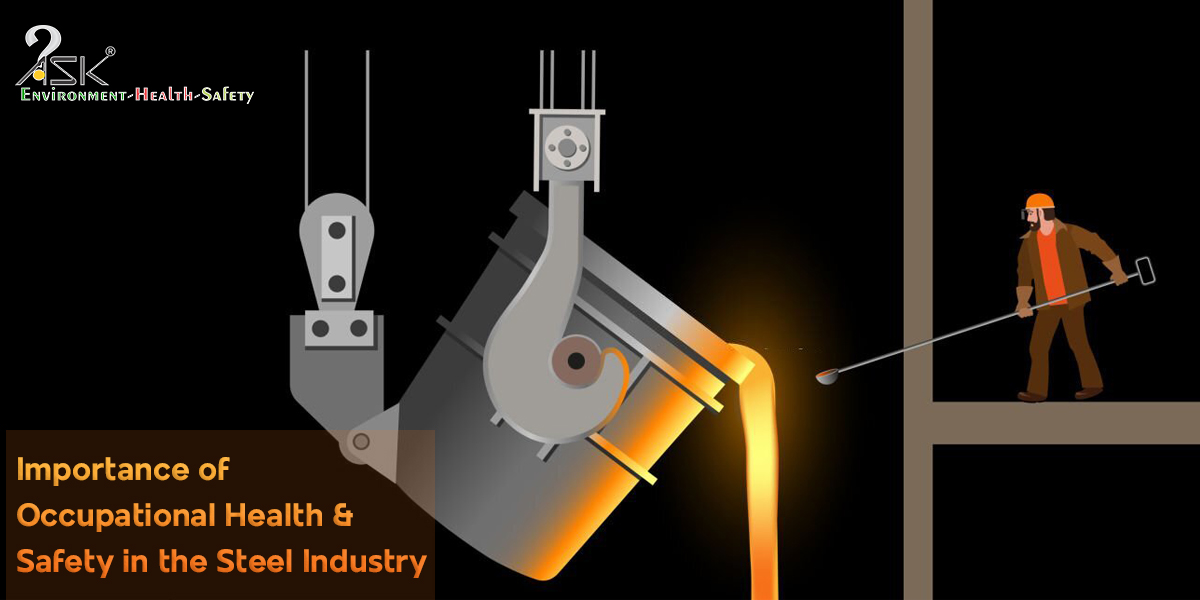Making a safer future

It almost sounds as one of the oft used lines from any commercial within our living memory – Making a safer future. Fundamentally, making our future safe is a quality and an aim for almost all of human endeavours – bonded to survival.
Safety and health in many societies is integrated among the systems used by the public, every day. However, cultural threads related to safety and health are largely ignored and neglected in many cases. For the lack of a better reason and sense, we admonish lack of resources, time and sometimes even start questioning key practices.
A lot of literature out there focuses on integrating a “safety culture” within the workforce. Scientifically, if we dissect such literature, the sample size of the population, its median age, and cultural background will be found missing. If we further tease out the anthropological affiliations – ‘age median’ and number of employees is all that remains.
In a simple fact-finding exercise, we can safely assume that even with a young workforce, for a large organization, the median will never drop below 24-25 years.
Applying safety and health ethos to an already convinced mind like any other pursuit, would be challenging. And yet, management and safety departments all over the world tackle increasing median age and large employee size to deliver a ‘one size fits all’ safety training.
One proposition, when we look at the issue from this suggested angle, is to apply simple learning from a young age-integrated within school curriculum. Fact and situation based learning such as road safety are already present. What if, we can align a similar learning route for basic safety in our dynamic young crowd?
A second proposition would be to integrate safety and health ethics in the higher education leading up to undergraduate and graduate courses. Practical scientific knowledge based reasons to learning electrical safety or why helmets are necessary to better adjusted basic first-aid and CPR skills can be part of lifelong learning.
A third idea aimed at the informal economy, which forms the majority of jobs, is to sensitize the workers coming in each day with some basic information sessions. A general knowledge approach which has some on-ground examples and real-life implications tied within, would make better impact than a full-fledged training course right at the beginning.
Perception about safety and health, its impression on human mind and underlying implications can derive a lot from our diverse cultural attributes. One story goes like this – a few years back, an Indian I.T. behemoth dedicated funds to build 10,000 toilets in the state of Karnataka.
Post construction, (6 months later) the corporation, in an audit exercise, found that the vast majority were never used and even more had been turned into storage areas. It launched a fact-finding project to ascertain the causes for the failure of “free toilets” – Behaviour was the keyword in its findings.
Changing behaviour and attitude requires more than freebies and cash benefits. Subsequently, non-profits with experts in behaviour change consultation successfully demonstrated a live program that showed improvements in acceptability of toilets and their usage increased.
The learning here lies not in the benefits of direct rewards but communal or cultural attitudes that are based on everyday habits and practices within a closely knit geography. The challenge for safety and health is to break this glass ceiling to become relevant.


